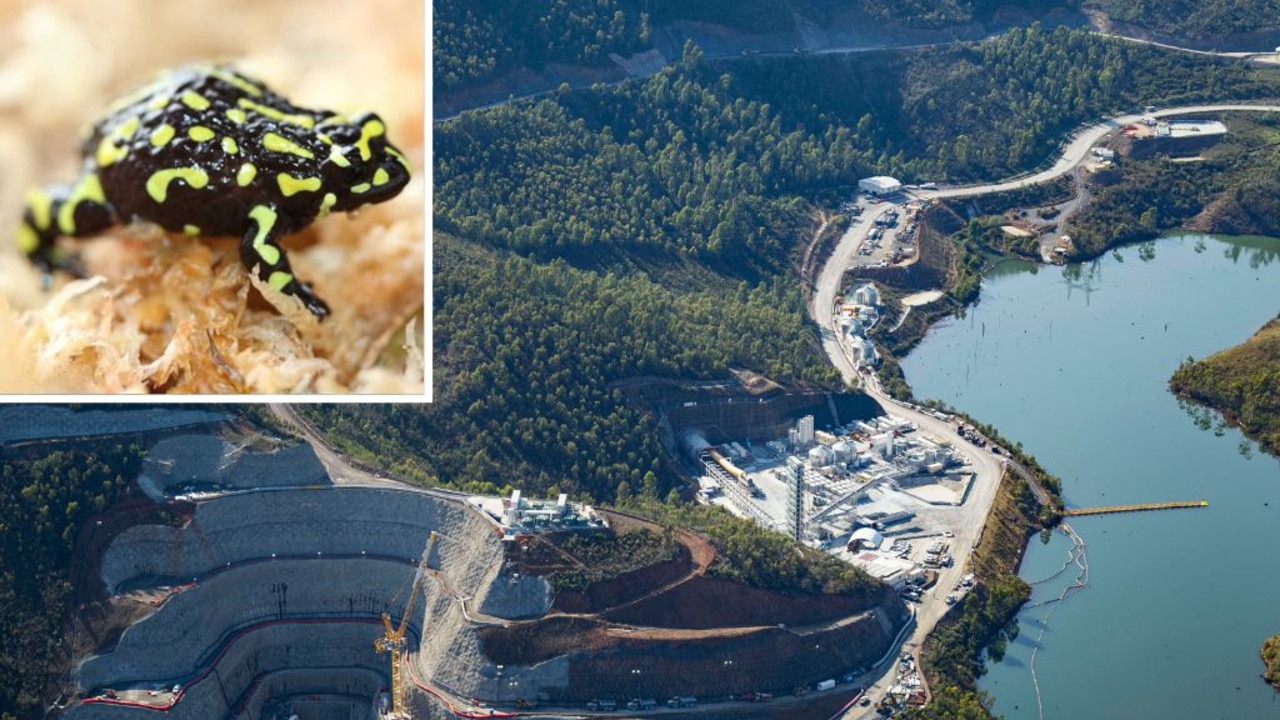Aussie virus hunter Dominic Dwyer points the COVID-19 finger at bats
The virus that led to the explosion of COVID-19 in Wuhan most likely originated in bats, the Australian member of the WHO investigation team says | READ FULL LEAKED REPORT

The virus that led to the explosion of COVID-19 in Wuhan, China, last year most likely originated in bats, according to the Australian member of the World Health Organisation team that investigated the outbreak.
“The most likely scenario is that this has come across from bats into some sort of intermediate animal, into humans,” medical virologist and infectious diseases expert Dominic Dwyer said of the joint WHO-convened Global Study of Origins of SARS-CoV-2: China Part study conducted in January and February.
“The issue of when exactly that happened, of course, is unknown.”
The report by 17 Chinese and 17 experts from other countries was inconclusive in identifying a clear source of the outbreak that led to a global pandemic but talked in terms of possibility and likelihood.
The team explored four possible pathways and found the “intermediate host” theory to be “likely to very likely”, direct transmission from an originating animal or animals to humans (zoonotic spillover) as “possible to likely” and transmission through contaminated food, refrigerated or frozen was “possible”.
By contrast, a “laboratory incident” was considered to be “extremely unlikely”.
While lab accidents happened, they were rare, the report said, and there was “no record of viruses closely related to SARS-CoV-2 in any laboratory before December 2019, or genomes that in combination could provide a SARS-CoV-2 genome”.
The leaked report obtained by The Australian, which may not be the final version of the document, noted the limitations of the time available to conduct the investigation and of some data available, although Professor Dwyer defended the scientists involved.
“There have been concerns raised about the co-operation and participation of China and the sharing of data, but in my experience it’s been good,” he said.
“There is a genuine attempt to try and work out what’s going on and the scientists on both sides want to know how the hell did this all start. Then there’s politics that interferes with this, which is different to the science.”
He said further studies being done on existing data on people in Wuhan, including material kept by blood banks, by other countries should also be examining health data prior to their first known cases, another issue covered in the report. Evidence of early cases in places including Italy, Spain and the US was “scanty” but important. “You’ve got to focus on where the disease exploded and there’s no doubt that that was in Wuhan, but for that bit beforehand you do have to examine China and you do have to examine elsewhere.”
Professor Dwyer, the NSW director of public health pathology, said while the first case recorded in the state had been in late January 2020, prior to that there had been regular flights into Sydney from Wuhan “so there was opportunity for viruses to be introduced”.
The WHO report called for a “continued scientific and collaborative approach to be taken towards tracing the origins of COVID-19” and the establishment of an expert group to continue working on the suspected origin of the epidemic, including research on countries and regions with positive results in sewage, human or animal tissues and other SARSCoV-2 tests by the end of 2019.
While a large survey of animals in China had yielded no positive samples of virus, the report recommended searching for the origin of the virus “worldwide, in relevant wildlife species” and retrospective testing for the virus in products manufactured in 2019 and supplied to the Huanan market.
“Most outbreaks in humans of new diseases come from animals, so the so-called One Health approach, understanding animal health and human health, is really important,” Professor Dwyer said.
“We should be looking at bats everywhere, and there are various other animals that are talked about. It is a bit of a needle in the haystack looking for these animals, but it’s just got to be done.”




To join the conversation, please log in. Don't have an account? Register
Join the conversation, you are commenting as Logout